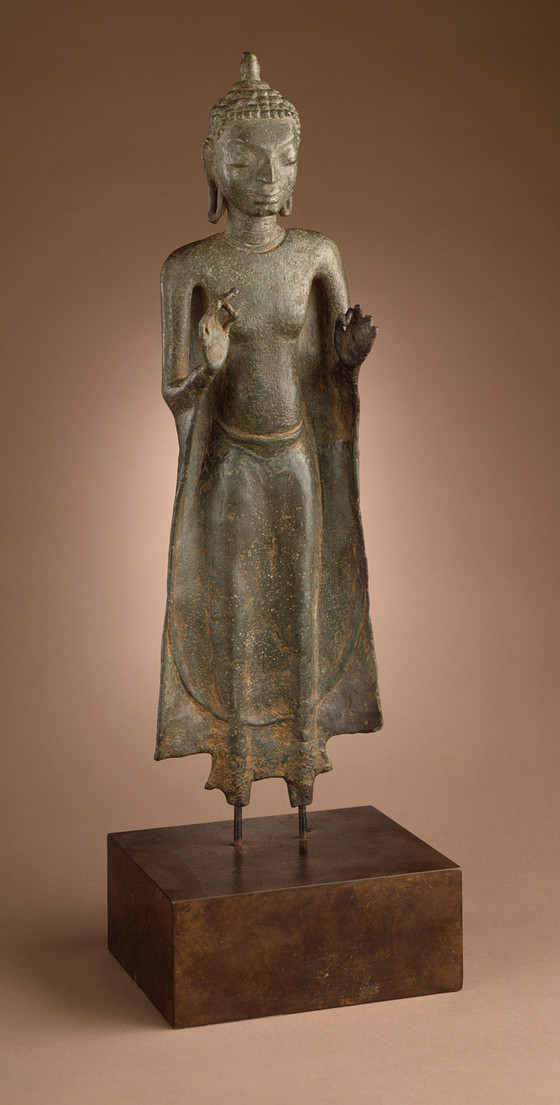Buddha Shakyamuni

Please log in to add this item to your gallery.
View comments
No comments have been posted yet.
Add a comment
Please log in to add comments.
Please log in to add tags.
* Nearly 20,000 images of artworks the museum believes to be in the public domain are available to download on this site.
Other images may be protected by copyright and other intellectual property rights.
By using any of these images you agree to LACMA's Terms of Use.
Buddha Shakyamuni
Thailand, circa 9th century
Sculpture
Copper alloy
13 1/8 x 4 x 2 1/8 in. (33.34 x 10.16 x 5.4 cm)
Gift of Mr. and Mrs. Michael Phillips (M.84.227.7)
Not currently on public view


